- Home
- About Dr. Bhattacharjee
- services ↓
- Specialities
- Care ↓
- Gallery ↓
- F.A.Q
- contact


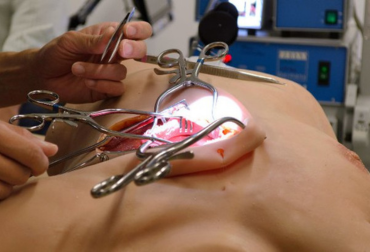
Microsurgery is a general term for surgery requiring an operating microscope. The most obvious developments have been procedures developed to allow anastomosis of successively smaller blood vessels and nerves which have allowed transfer of tissue from one part of the body to another and re-attachment of severed parts.
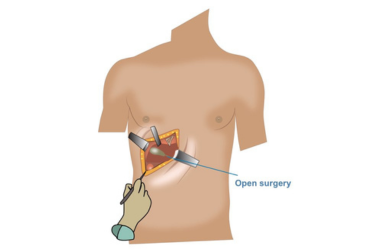
Open surgery is a traditional method of surgery where the surgeon makes an incision with a scalpel to gain access to the damaged/affected organ. Depending on the requirement of the surgery, the incision can be as small as 3 to 4 inches or larger incisions up to 10 inches.

Fissures result from the stretching of your anal mucosa beyond its normal capacity. This often happens when stools are hard due to constipation. Once the tear happens, it leads to repeated injury. The exposed internal sphincter muscle beneath the tear goes into spasm. This causes severe pain.

Hemorrhoids can develop from increased pressure in the lower rectum due to: Straining during bowel movements. Sitting for long periods of time, especially on the toilet. Having chronic diarrhea or constipation.

A fistula is an abnormal connection between two body parts, such as an organ or blood vessel and another structure. Fistulas are usually the result of an injury or surgery. Infection or inflammation can also cause a fistula to form.
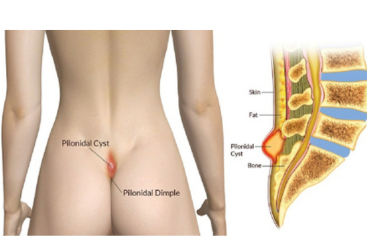
A skin problem, pressure or friction may cause hair between the buttocks to be pushed inwards. This may either be hair growing around the buttock area, or loose hair shed from the buttocks or elsewhere that gathers around the buttock cleft and enters the pilonidal sinus.

Fissures result from the stretching of your anal mucosa beyond its normal capacity. This often happens when stools are hard due to constipation. Once the tear happens, it leads to repeated injury. The exposed internal sphincter muscle beneath the tear goes into spasm. This causes severe pain.

Hemorrhoids can develop from increased pressure in the lower rectum due to: Straining during bowel movements. Sitting for long periods of time, especially on the toilet. Having chronic diarrhea or constipation.

A fistula is an abnormal connection between two body parts, such as an organ or blood vessel and another structure. Fistulas are usually the result of an injury or surgery. Infection or inflammation can also cause a fistula to form.
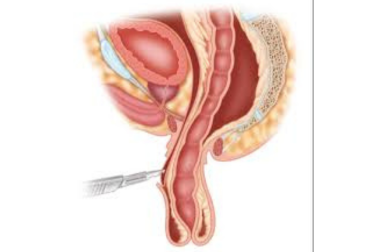
A skin problem, pressure or friction may cause hair between the buttocks to be pushed inwards. This may either be hair growing around the buttock area, or loose hair shed from the buttocks or elsewhere that gathers around the buttock cleft and enters the pilonidal sinus.
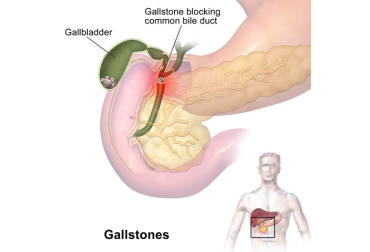
Normally, your bile contains enough chemicals to dissolve the cholesterol excreted by your liver. But if your liver excretes more cholesterol than your bile can dissolve, the excess cholesterol may form into crystals and eventually into stones.
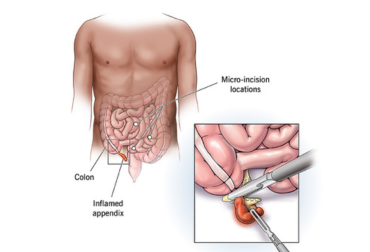
A blockage in the lining of the appendix is the likely cause of appendicitis. This blockage can cause an infection. The bacteria then multiply quickly, causing the appendix to become inflamed, swollen and filled with pus. If not treated right away, the appendix can break open.
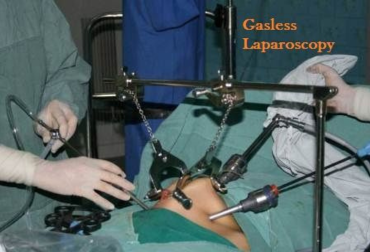
The purpose of diagnostic gasless laparoscopy, as a last resort in an acute abdomen case, is to reveal a pathognomonic finding (hemoperitoneum, purulent peritoneal fluid, changes of color or size of the bowel) that would justify surgery, especially in patients with high anesthetic and / or surgical risks.
What is the advantage of gasless laparoscopy?
Another potential advantage of gasless laparoscopy is the ability to use continuous suction and conventional laparotomy instruments. Marked guttering effect of lateral abdominal wall result after lifting the anterior abdominal wall.
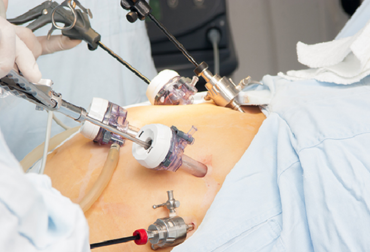
Commonly called keyhole surgery, laparoscopic hernia surgery is a minimally invasive procedure that offers several benefits over conventional open hernia surgery. The key benefits include the following: Smaller Incisions: The laparoscopic technique requires only 2-3 small incisions, which are less than an inch.
What are the 2 types of laparoscopic hernia repair?
There are two main ways to perform laparoscopic inguinal hernia repair : the Transabdominal Preperitoneal (TAPP) approach and the Totally Extraperitoneal (TEP) approach. The two techniques similar except in the TAPP approach the peritoneum is incised, and this requires closure after mesh placement.
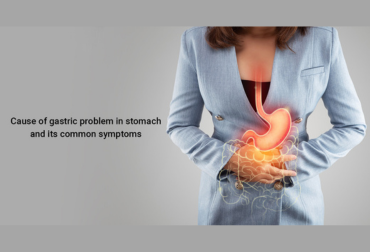
Common digestive disorders include gastroesophageal reflux disease, cancer, irritable bowel syndrome, lactose intolerance and hiatal hernia. The most common symptoms of digestive disorders include bleeding, bloating, constipation, diarrhea, heartburn, pain, nausea and vomiting.
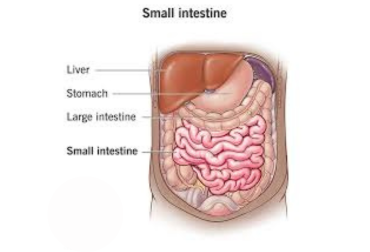
The small intestine has three parts: the duodenum, jejunum, and ileum. It helps to further digest food coming from the stomach. It absorbs nutrients (vitamins, minerals, carbohydrates, fats, proteins) and water from food so they can be used by the body. The small intestine is part of the digestive system.
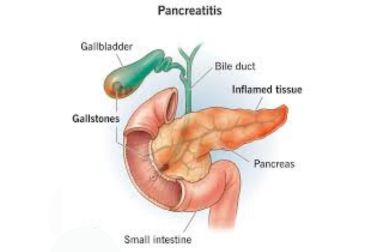
Pancreatitis is the swelling (inflammation) of the pancreas. This may happen when digestive juices or enzymes attack the pancreas. The pancreas lies behind your stomach on the left side of your belly. It's close to the first part of your small intestine (the duodenum). The pancreas is a gland.
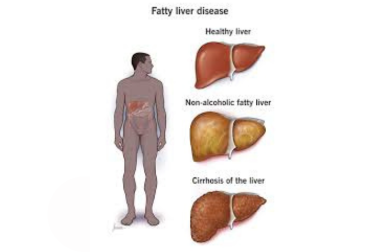
The liver is an organ that sits just under the rib cage on the right side of the abdomen. It can weigh up to 4 pounds (1.8 kilograms). The liver is needed to help digest food, rid the body of waste products and make substances, called clotting factors, that keep the blood flowing well, among other tasks. Liver disease can be passed through families, called inherited. Anything that damages the liver also can cause liver problems, including viruses, alcohol use and obesity. Over time, conditions that damage the liver can lead to scarring, called cirrhosis. Cirrhosis can lead to liver failure, a life-threatening condition. But early treatment may give the liver time to heal.
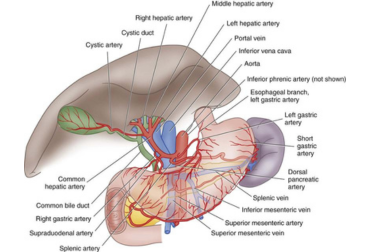
Your spleen may become swollen with white blood cells and platelets. This is because your body no longer filters toxins out of the bloodstream as it should. Gallstones and bile duct stones. If bile cannot flow through the bile ducts, it may harden into stones in the ducts.
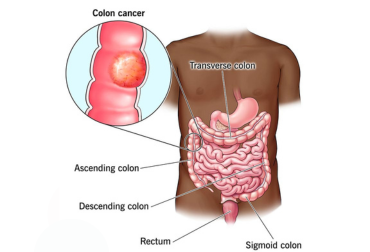
Problems with the colon, or large intestine, can cause pain in the lower abdomen. Possible causes of colon pain include constipation, diarrhea, and a range of gastrointestinal problems. Inflammation, irritation, and obstruction in the colon can all cause pain, which a person will typically feel as abdominal pain.
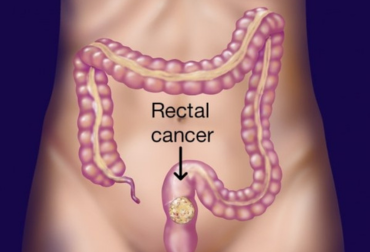
Rectal cancer is a type of cancer that forms in the tissues of the rectum. Health history affects the risk of developing rectal cancer. Signs of rectal cancer include blood in the stool or a change in bowel habits. Tests that examine the rectum and colon are used to diagnose rectal cancer.
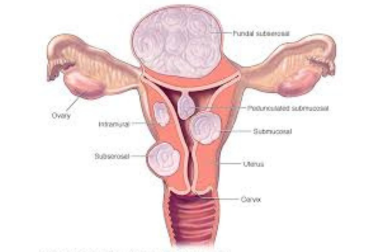
The uterine cavity has an average volume of 80 mL to 200 mL. The uterus is subdivided into three segments: the body, the cervix, and the fundus. The uterus has three tissue layers, which include the following: Endometrium: the inner lining and consists of the functional (superficial) and basal endometrium.
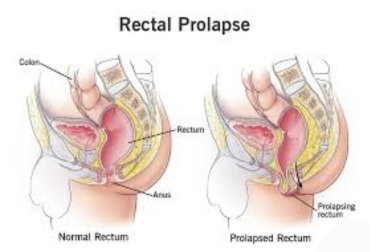
Risk of damage to the rectum, such as ulceration and bleeding. Incarceration – the rectum can't be manually pushed back inside the body. Strangulation of the rectum – the blood supply is reduced. Death and decay (gangrene) of the strangulated section of the rectum.